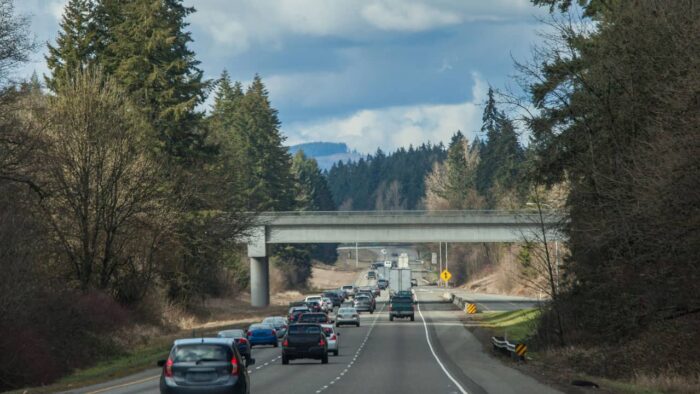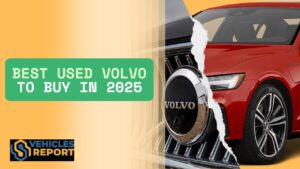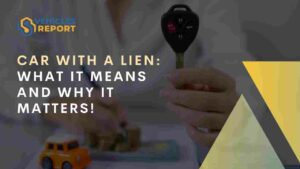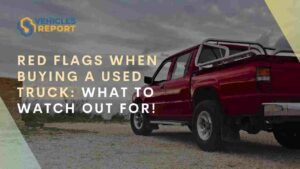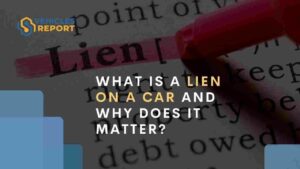When a consumer chooses to buy a used car in Oregon, there are some tips and procedures they must follow to get a good and reliable used car. Without these tips and hints, one may purchase an overly costly vehicle or, worse yet, take a lemon home.
No one wants to spend their money on damaged vehicles or lemons, and because of that sole reason, this article will explain how to buy a used car in Oregon. It provides a detailed guide for all consumers seeking to buy used vehicles in Oregon.
How to Buy a Used Car in Oregon?
Buying a used car in Oregon demands that consumers follow certain guidelines. This will prevent car dealers from exploiting consumers and selling them damaged vehicles. The steps to follow are
- Determine your budget.
- Do some research on the used car market in Oregon.
- Do some research on your local dealerships.
- Check the car’s history.
- Inspect the car and go for a test drive.
- Negotiate the price.
- Finalize the sale.
- Register the car.
Step 1: Determine your budget.
When you decide on buying a used car in Oregon, before visiting the dealership or speaking to a private seller, this is the first step you must take. Having a clear budget and knowledge of your financial limits will help you know how much to spend, what you should pay for, and what you should generally avoid.
With a clear understanding of your financial limits, you can streamline your car choices and keep an eye out for vehicles that you can actually afford to pay for. Try to make a note of how much you might be willing to spend on a down payment and how much you might be willing to pay each month as you work on your budget. If you intend to finance the vehicle, consider your financing alternatives, speak with a few lenders, and select the best deal that fits within your means. Getting this step right is beneficial and aids customers in finding excellent products at reasonable costs.
Step 2: Do some research on the used car market in Oregon.
Now, you must do some research. Having an idea of the used car market trends and prices will help you make the right decisions. By closely monitoring the used car market trends, you may come to know when there are price drops in the state. For example, did you know that car prices may be dropping this year, in 2023? No? Then you need to do some research – and even more research.
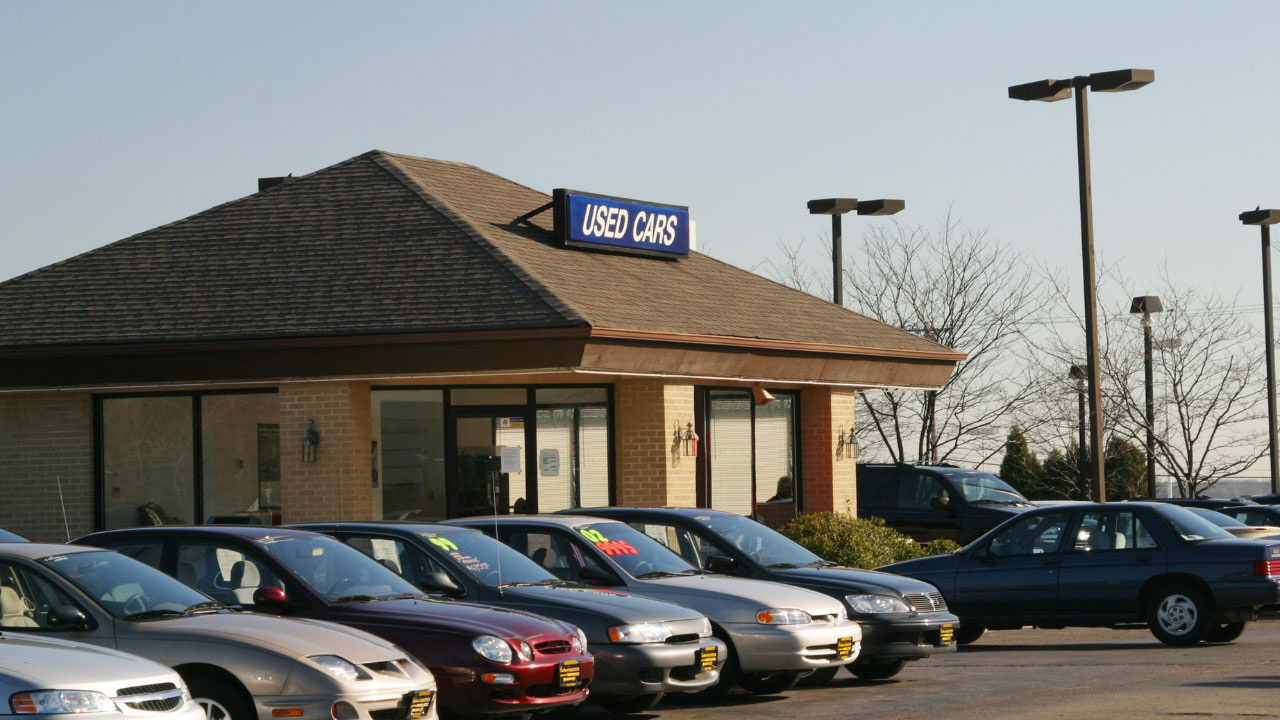
Having knowledge of market trends will help you know the best time to get a used car at the cheapest price. Also, extend your research to the vehicle models and brands you are interested in. Keep your budget in mind as you carry out your research on vehicles. There are marketplaces and market guides available online. There, you can find a variety of cars with different trim levels, engine specifications, interior and exterior features, safety systems, and more.
Take time to do this research and note down your findings before moving on to the next step.
Step 3: Do some research on your local dealerships and private sellers.
If you are buying a car in Portland, Oregon, for example, do some research on dealerships and private sellers available in Portland. Many dealerships have reviews and ratings on Google, Yelp, Yahoo, and BBB. Focus on what people are saying about the dealerships you are interested in.
When it comes to private sellers, you have to confirm if they are actually the owners of the vehicles they are selling or if they are curbers. Curbers are unlicensed sellers, and they go about selling salvage, rebuilt, and damaged vehicles to unsuspecting buyers. Doing your research properly will help you expose curbers and find reputable dealerships during the buying process.
What is the best place to buy a used car in Portland, Oregon?
There are several dealerships available where you can buy really good cars in Portland, Oregon, but here are our choices: Atlas Motors LLC, DLR Nordic, DM Motors, PDX Motors, and S&M Auto Sales LLC.
Step 4: Check the car’s history.
Now that you have selected a dealership or a reputable private seller, the next thing you need to do is collect the vehicle identification number of the car and check the vehicle’s history. A vehicle history report is a document that provides information about a vehicle’s past.
Some of the details you can find in a vehicle history report include accident history, damage history, ownership history, theft history, vehicle specifications, service history, maintenance history, salvage, junk, or rebuilt records, open recalls, odometer rollback, and more. It is recommended that, before any discussion is had about the vehicle’s purchase, the buyer or seller provide a vehicle history report. It is one major tool to determine the reliability of a car. With this document, you may be able to determine if the vehicle is a lemon and expose odometer fraud.
Vehicle history reports are easily obtained from companies such as Vehicles Report, PremiumVIN, Detailed Vehicle History, Instant VIN Reports, and Vehicle Databases for Dealers.
Another tool you may use when you are buying a used car in Oregon is a window sticker. A window sticker is a label that shows the features of a car. It may contain warranty information, manufacturer-suggested retail prices, safety ratings and systems, fuel economy, interior and exterior features, and more.
Step 5: Inspect the car and go for a test drive.
Scheduling an inspection and test drive is the next step to take after obtaining a vehicle history report. A pre-purchase examination is a really useful way to evaluate the reliability of a car before buying it. If it is possible, go along with a qualified and professional mechanic if you are unsure how to evaluate a car properly. A mechanic usually knows the right places to look and would be able to easily spot the vehicle’s hidden flaws and faults at the end of the day.
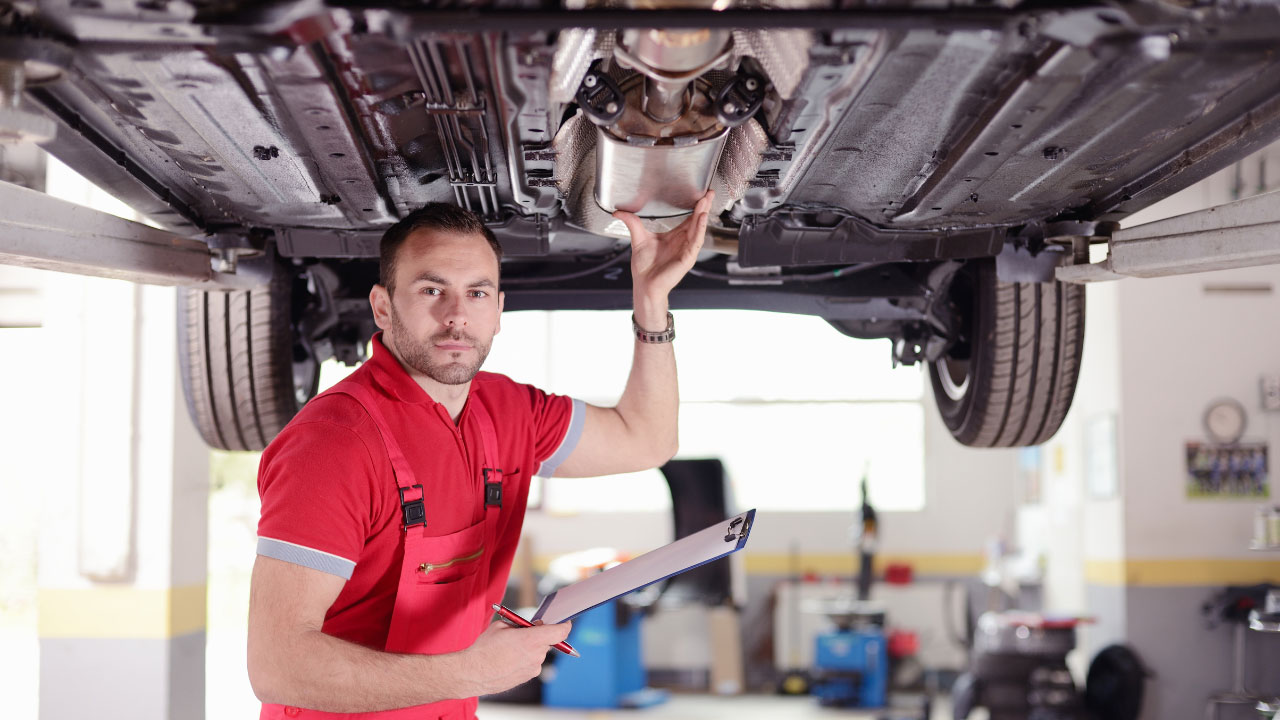
The interior and external conditions of the vehicle should be the main focus of the inspection session. Corrosion, wear, tear, dents, etc., should be the center of attention during the inspection. Rust is typically a sign that a vehicle has a salvage title and has received significant water damage. In such circumstances, be cautious to look out for the presence of water stains, moldy odors, discoloration, and other flood damage indicators.
Next, keep an eye on the seats, seatbelts, and upholstery. Not to be forgotten are the battery and engine. Start the engine and inspect it for corrosion; also inspect the battery for corrosion as well. Look for indicators of wear or damage on the tires, brakes, transmission, suspensions, and body. Verify that everything is operating properly.
Along with an inspection, there must be a test drive. You can do this easily, but for more accurate results, you can hire a test driver. A test driver would be more adept at spotting issues than you would be at test driving. The car’s noises, steering feel, tires, maintenance, interior wear, seat comfort, sound system, brakes, and paintwork should all be carefully monitored during the test drive.
Step 6: Negotiate the price
When you get to this step, you can be sure that you have a reliable vehicle in your hands. It’s now time to start bargaining. You can now negotiate over the price once you’ve decided on the car. It’s recommended to start off with a 10–25% discount from the asking price, as this way, you have more chances of buying at a more reasonable and affordable price. Private sellers of used cars in North Carolina may be open to negotiations, but some dealerships have set rates that cannot be altered. You can request discounts and exclusive deals in these circumstances.
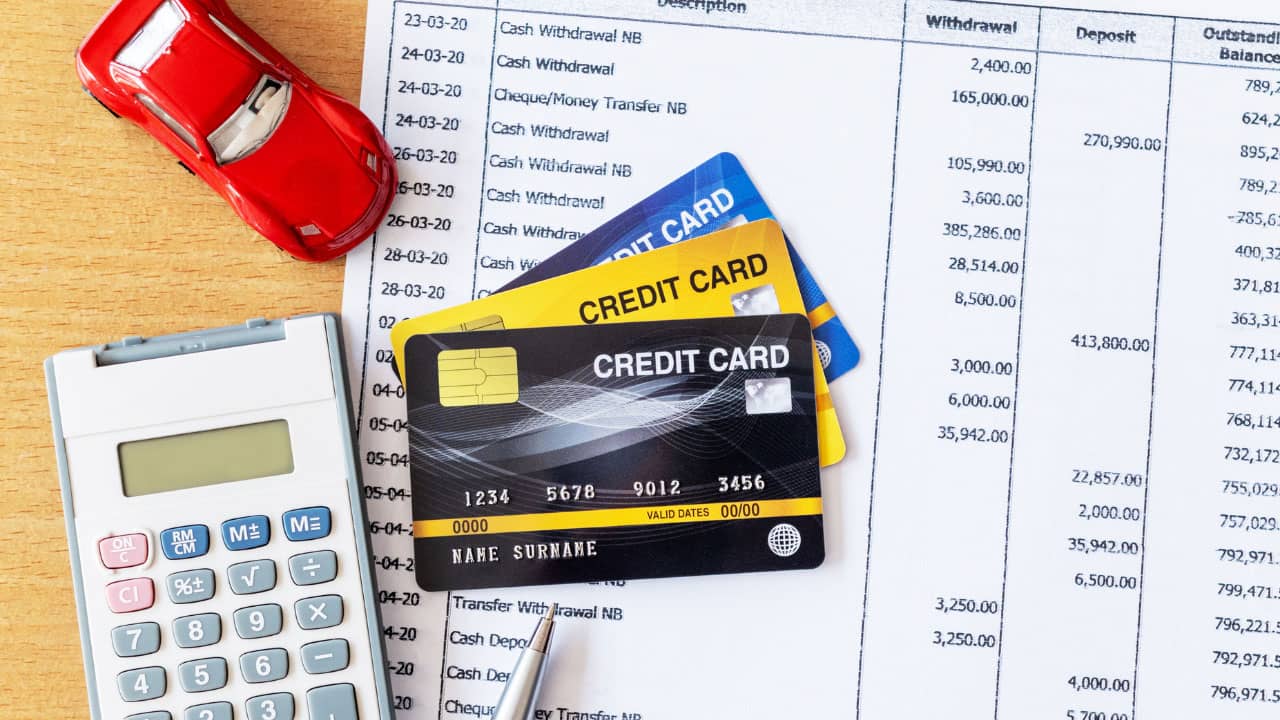
Do not be afraid to leave the dealership and choose another if the asking price exceeds your budget and the dealer won’t budge.
Step 7: Finalize the sale
After close inspections and negotiations, it’s time to finalize the sale. To do this in Oregon, there are some documents the dealer or seller would have to present to you. They are
- Sales Contract: A sales contract is a document or agreement between the consumer and the dealership. This document contains information on the purchase price, manufacturer, model, and VIN of the vehicle.
- Certificate of title: The certificate of title is a record and a document that proves ownership of a vehicle. As soon as payment is received, this title must be transferred over to the buyer. With this, the buyer has full ownership of the vehicle. The title must be transferred, and with it, the buyer can register the vehicle with the Oregon Driver and Motor Vehicle Services.
- Bill of sale: The bill of sale serves as evidence of payment. It is a record that serves as a receipt and verifies the dealership sold the customer a vehicle.
- Warranty details: Following payment, a buyer must be given the vehicle’s warranty details. If the car has a warranty, the buyer must be made aware of the warranty’s duration and the parts it covers.
- Odometer disclosure statement: This is merely a record of the car’s actual mileage as of the sale. When a car purchase begins in North Carolina, this information must be disclosed before, during, and after the transaction.
After collecting these documents from a dealership or private seller, it is now time to visit Oregon Driver and Motor Vehicle Services. Here, you will register your vehicle and change license plates if you wish.
Step 8: Register the vehicle
With the documents acquired from the dealer or private seller in Oregon, you may now register your vehicle. Basically, for any used car registration at the Oregon Driver and Motor Vehicle Services, the following documents will be required:
- A completed title application form. You can download this online or get it from any of the Oregon DMV service centers.
Original title or ownership document. - Original lien releases from any previous security interest holders.
- Bill of sale.
- Odometer disclosure statement.
- Pay the title fees and registration fees.
If you are buying a car in Oregon from out of state, then you may need to have a
Vehicle identification number (VIN) inspection, which costs $7 and can be done at the Oregon DMV.
Use Tax Certificate. This is required if the vehicle has 7500 miles or less on it.
With these documents, you can apply for titling and registration through the mail or at the DMV offices. If you would like to send the documents and fees through mail, you may send them to
Oregon DMV
1905 Lana Ave. NE
Salem OR 97314
Step 8: Register the vehicle
Finally, you have gotten a reliable vehicle. The final step in determining how to buy a used car in North Carolina is to visit the North Carolina Division of Motor Vehicles to apply for a title and register your vehicle.
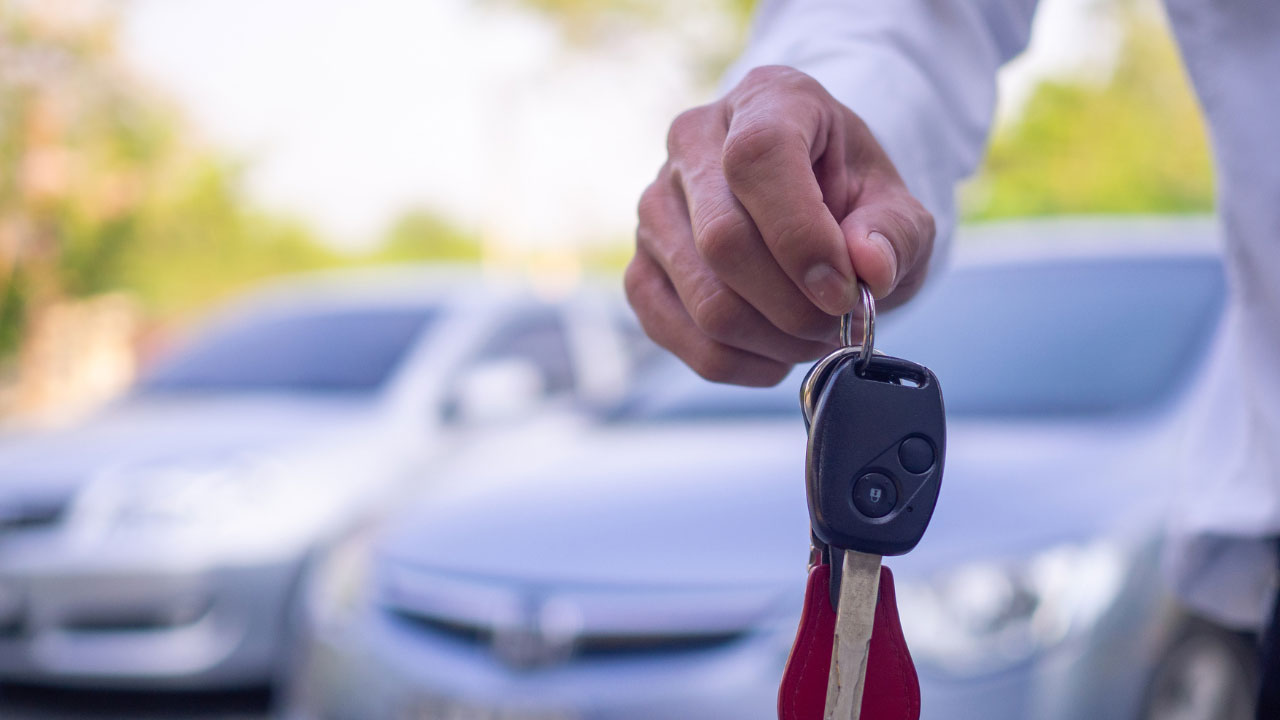
To title and register a vehicle at the North Carolina DMV, there are some necessary documents. Most of these documents have been listed, and you must bring them with you to the DMV. The requirements are
- Valid government-issued ID or NC driver’s license
- Signed certificate of title
- Proof of a valid car insurance policy
- Request and complete a title application form.
- Completed damage disclosure statement. This is only required if the car is less than 10 years old.
- Release of lien
- Payment for the plate and sales tax fees
- Certificate of emissions inspection
If you are a new resident buying a used car in NC, then there are some other requirements you must meet and documents you must provide, such as
- An out-of-state driver’s license or government-issued identification.
- Temporary North Carolina Driving Certificate
- Military ID for members on active duty
- Student ID for drivers enrolled in an NC university
- If applicable, a completed military or dependent affidavit
- Court-ordered sale of the vehicle.
Be aware that you can register your vehicle via mail or in person. If you would prefer to carry out the process online, then you may be required to pay a fee of $3 for each transaction made. After all, payments have been made, mail the documents to
Vehicle Titles/Liens, Duplicate Registration
3148 Mail Service Center
Raleigh, NC 27697
If you would like to apply for registration in person, then you should visit the DMV, provide the documents aforementioned, and pay the necessary fees. Be aware that the registration process may change over time. Visit the North Carolina Division of Motor Vehicles to be up-to-date on any changes in the registration process.
Now that you know how to buy a used car in North Carolina, you can easily purchase a reliable vehicle and receive more value for your money. Make sure you follow the steps accordingly, from creating a budget to carrying out in-depth research on market trends and reviews to getting a vehicle history report from Vehicles Report and registering your vehicle. Make sure you have all the documents you need before visiting the North Carolina Division of Motor Vehicles, as this will speed up the process and prevent unnecessary delays.
Buying a used car in Oregon: How much does it cost to register a car in Oregon?
The Oregon Driver and Motor Vehicle Services provide a breakdown of fees to be paid for titling and registration of vehicles. The breakdown of fees is shown below.
Title Chart
Registration Fee Chart
The process of buying a car from a private seller in Oregon
The process of buying a car from a private seller in Oregon is similar to buying from a dealership. You must be aware that there are curbers in Oregon that go about selling faulty and damaged vehicles. Keep in mind that if the purchase price is too good to be true, then it may be a scam, and you may be dealing with a curber.
Understanding how to buy a used car in Oregon comes with knowing the right places to look and the right private sellers to contact. Following these steps, you will be able to easily buy a car from a private seller in Oregon.
- Have a clear budget.
- Do some research on the used car market in Oregon.
- Do extensive research on the private seller.
- Get a vehicle history report.
- Inspect the car and go for a test drive.
- Negotiate the price.
- Finalize the sale.
- Register the car.
These are the steps to follow if you want to buy a car in Portland, Oregon, from a private seller.
Now you know how to buy a used car in Oregon. Remember to follow this guide when you step out to purchase a car in Oregon, and you will end up buying a reliable and dependable car without defects, dents, or damages.


